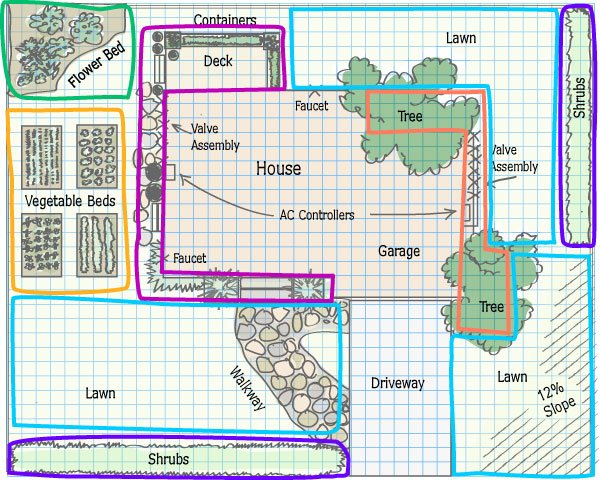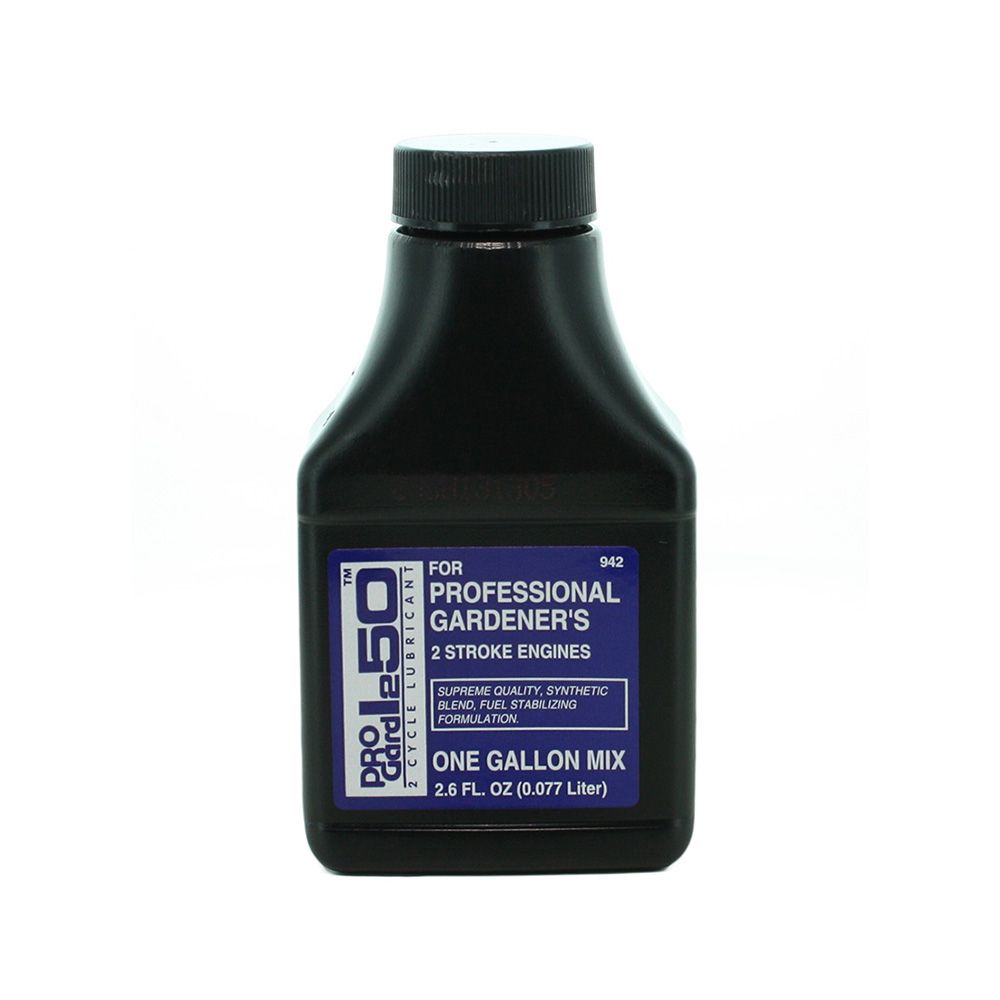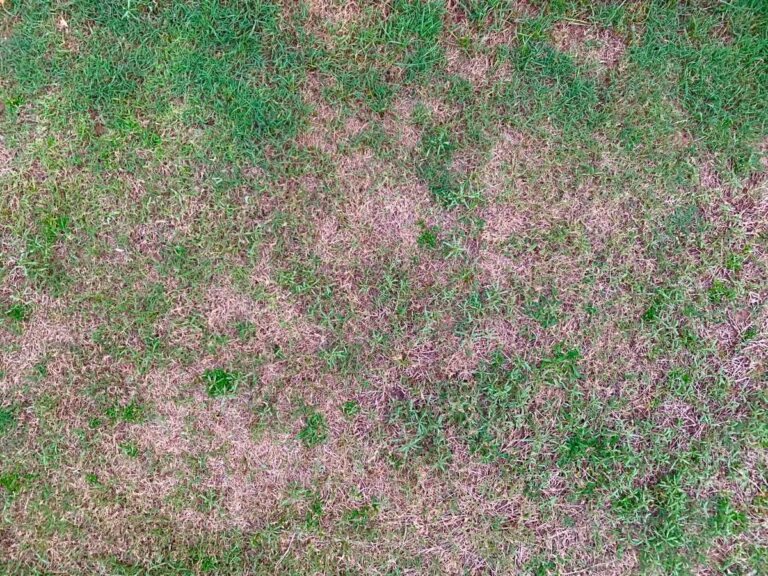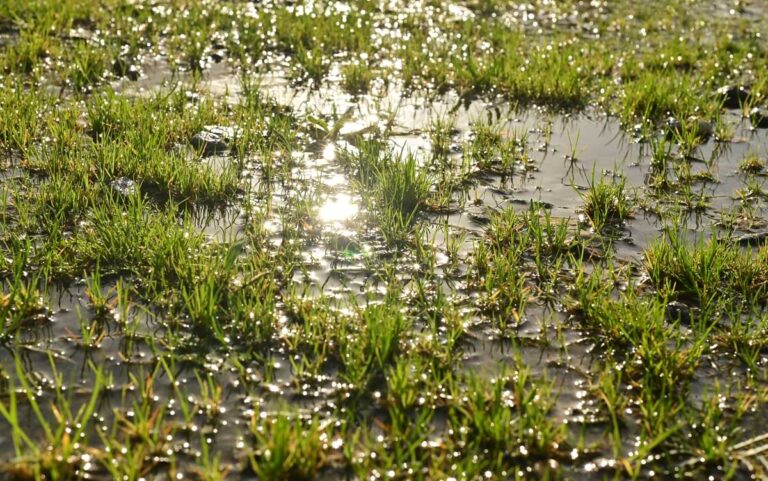DIY Guide To Sprinkler Installation
This article explains how to install a sprinkler system. A well-designed, properly installed lawn sprinkler system makes it easy to water your home landscape and adds value to your property. On the other hand, a poorly designed, improperly installed system is inefficient, wastes water, can damage brick, siding, and fencing, and can be a maintenance nightmare. Here are some of the things you need to know to do it right.
Create The Design To Adequately Water Each Zone
For a DIY sprinkler system project, it is very important to start with a good design. It is nearly impossible to get good results if the system isn’t designed right from the beginning. You need to know how much water pressure and flow you have available. There is no rule of thumb. If you have a large water meter and a small property, you may be able to divide your property up into three or four zones and have adequate flow and pressure to make the system work. On the other hand, with a large lot and a small well, you might need 15 or 20 zones.
Research Your Irrigation Zones’ Needs
As there can be issues with the pump cycling on and off, water quality, etc. Zones that are sized too small or large can damage your pump. You may also need a sand separator or filter installed to prevent valves and sprinkler heads from becoming fouled.
Check Local Codes About Backflow Use:
If you are on a city water meter, first check your local codes about the use of a backflow device to protect the drinking water. Most cities require some type of backflow prevention device and the requirements vary. Many areas allow a double check valve assembly (DCA), which in some places may be installed below ground in a box, while others will only allow a pressure vacuum breaker (PVB), which must be installed above ground and protected from freezing.
Other areas only allow a reduced pressure principle device (RPZ), which also must be installed above ground. In some cases, atmospheric vacuum breakers (AVB) may be used, but these must be installed on each zone after the valve, with no additional valves downstream, and may not be subject to continuous pressure. If the proper backflow prevention device is not used, there is a risk of contamination to the public drinking water supply. In some cases, you will be required to get a permit, have your system inspected, and have the backflow device tested for proper operation. Many cities and some states also now require that a rain sensor be installed on new systems. This device shuts the system off automatically when it rains. A rain shut-off device will pay for itself quickly in saved water.
Related Articles:
- Backflow: Causes And Preventative Measures
- Reduced Pressure Zone Backflow Preventer (RPZ)
- Double Check Valve Assembly (DCVA)
- Pressure Vacuum Breaker For Irrigation Systems (PVB)
- Atmospheric Vacuum Breakers (AVB) Or Anti-Siphon Valves
- How Backflow Devices Protect Our Water Supply
- How To Choose A Backflow Device For An Irrigation System
- Types Of Backflow Preventers: Overview Of Four Common Backflow Preventers
Ready To Shop? Click here to browse backflow preventers, repair parts, test kits, enclosures, and more at the Sprinkler Warehouse
Know The Static Water Pressure
Next, you need to know the static water pressure in your water main. You can measure this by connecting a pressure gauge to a hose adapter and attaching it to a hose bib on the outside of your house. Make sure no water is being used inside the house and then turn on the faucet. The gauge will read the current pressure inside the city water main. You might want to take several readings as the pressure can vary throughout the day. In many cities, the pressure varies throughout the city depending on the time of day and the demand for water. Click here to shop for pressure gauges.
Related Articles:
Learn The Difference Between Spray Heads and Rotor Heads:
The design pressure is the pressure required at the sprinkler nozzle for it to perform properly. Spray heads work best at about 25-30 psi, while rotors work better at 40-50 psi. It is important that there be sufficient flow and pressure to the nozzles so that they provide the proper coverage. Otherwise, there will be dry spots on the lawn. It is also important to match the precipitation rates of the nozzles. Most spray heads already have matched precipitation rates for the various nozzles within a manufacturer’s product line, but with rotors, it is important that the proper nozzles be selected.
Each rotor you buy from the Sprinkler Warehouse will come with a full set of standard nozzles. If you use the same size nozzle for different rotors that are watering a quarter circle, a half-circle, and a full circle, then some areas will be over-watered, while others are under-watered. The full circle rotor is covering four times the area of the quarter circle, so it needs to have a nozzle that is putting out four times as much water. It is also important to group plants that have similar watering requirements together in a zone and water them at the same time.
Related Articles:
- How To Install An Irrigation Spray Or Rotor
- How To Space Rotors & Sprays
- Choosing The Right Sprinkler Head For Your Yard
- Recommended Irrigation Sprays From The Sprinkler Warehouse
- How To Add A Rotor Or Spray To An Existing Irrigation Zone
- Recommended Irrigation Rotors From Sprinkler Warehouse
- How To Replace A Pop-Up Irrigation Spray Head
Ready to shop? Click here to browse rotors, spray heads, nozzles, tools, and more!
Zone Size & Flow Capacity Of The Meter:
To get the proper size zone, one must know the flow capacity of the meter. For example, a typical one-inch meter can provide a flow of about 25 gallons per minute with a pressure loss of 4.0 psi. Take the static pressure and allow some safety margin (many recommend 10%). So for a static pressure of 50 psi, you might consider a working pressure of 45 psi, then calculate the friction loss through the supply line from the city water main (usually a copper line), the meter itself, the backflow prevention device, the pipelines, the valves, pressure regulators (if used), and finally arrive at the design pressure.
If there is not sufficient pressure, then a person might need to make the zones smaller or increase the flow and pressure by having a larger meter installed. Needless to say, there are a lot of factors to consider when designing a system. This issue is important so let’s go into it with a little more detail to help you out.
You will need to base your design on the gallon per minute (GPM) flow and the pressure you have available. The available flow will dictate the max GPM size of your zones our sections, and the available pressure will dictate the size of pipe and the types of sprinkler heads you will be able to use (sprays or rotors).
Rules To Determine Your Flow & Working Pressure:
- Do not go beyond 75% of the maximum safe capacity for the water meter.
- Don’t exceed 10% of the static water pressure as a pressure drop through the water meter.
- Do not go beyond velocities of 5 to 6 feet per second in the service line which feeds the water meter from the city main.
To calculate the exact maximum flow through your water meter you should refer to Chapter 10 in the book Simplified Irrigation Design or you can determine available pressure and flow.
There are entire books written on the subject of hydraulics and proper design. Even if you decide you want to install your system yourself, consider reading one of the books offered at www.SprinklerWarehouse.com Book Store
Buy The Best Parts You Can Afford
Do not skimp. Professional grade materials last longer and require less maintenance. Especially do not buy the cheap do-it-yourself sprinkler timers they sell at the big box stores. You will be using your controller regularly, so buy a sturdy, easy-to-program controller as the pros use. You won’t regret it, the Sprinkler Warehouse sells nothing but professional-grade sprinkler parts and supplies. We ship extremely fast and we offer you the lowest prices on the web…. We want your business and we plan to earn it! Click here to browse the latest deals and supplies at the Sprinkler Warehouse
Get The Utilities Located & Marked
With a proper design in hand and several boxes full of parts, you are now ready to install. But wait, first call to get the utilities located. In most states, you must call before you dig. In many areas, you can call 8-1-1 and have most of the utilities located free of charge. You must usually call at least two working days before you can commence digging. Gas, water, and sewer lines are usually not located past your property line, so you may need to locate these yourself. Be careful, although breaking a water line can be a big nuisance, cutting a gas line with a shovel or trencher can be deadly. Also, avoid placing pipelines near trees. Not only will tree roots cause problems in the future but cutting a trench too close to a tree can cause the tree to eventually die.
Trenching:
Let us assume that you are using PVC pipe. The shorter pipelines can be hand dug with a trenching shovel. For longer lines, you might need to rent a trencher. Be sure to follow the instructions for the letter. Think of a trencher like a large chainsaw that cuts through the earth. Stay clear of the moving teeth, as they can cause serious bodily injury.
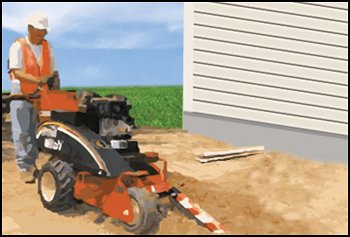
We recommend trenching by hand placing the sod (grass) on one side of the trench and the dirt on the other so when it comes time to bury the trench you will be able to put all the dirt back and then puzzle piece the grass back and make it hard to notice you trenched the yard.
Related Articles:
Need Supplies? Click here to browse trenching shovels and more
Piping:
In some areas, the pipe is installed deep enough that it won’t freeze. This is primarily done in southern states. In northern states, the pipe is generally installed with blowout connections so that the air can be removed before winter sets in. In any case, place the pipe at the depth recommended for your area.
When cementing the pipe, be sure to cut the pipe square and clean off any burrs. Be sure to use primer on the fittings and then apply the cement while the primer is still wet. Purple primer is used by many contractors because of its visibility and is required in some areas. When connecting pipes together, be sure to measure carefully and make square connections. Pipe joints that are in a bind will eventually fail.
Related Articles:
- Repair PVC Pipe Using Pipe Dream
- How To Install And Layer PVC Pipes
- How To Connect A Plastic Pipe To A Metal Pipe
- Determine What Pipe Size You Already Have
- Determine What Pipe Size You Need
- How To Glue Fittings Onto PVC Pipe
Ready to shop? Click here for fittings, pipe by the foot, tools for pipe and tubing as well as glue and primer.
Valves:
Valves should be installed in a large enough box that they can be easily maintained. Some folks like to see how many valves they can fit in one box. This is a bad idea. Valves will eventually need to be repaired or even cut out and replaced, so leave room to work. If you are using spray heads and have lots of pressure, it is a good idea to install a fixed rate pressure regulator downstream of the zone valve to cut the pressure down. Spray heads typically mist and wastewater at pressures higher than 30 psi. If you do this, make sure the regulator is properly sized for the flow delivered, and make sure there are no other valves downstream.
Related Articles:
- What Is An Irrigation Master Valve?
- What Are The Pros And Cons Of Having An Irrigation Master Valve?
- Identification Of Different Irrigation Valves
- How To Select An Irrigation Valve
- Recommended Irrigation Valves From The Sprinkler Warehouse
- How To Install An Irrigation Valve
Ready to shop? Click here to browse valves and valve boxes
Sprinkler Wiring:
Unless prohibited by local code, you can place the sprinkler cable in the same trench as the pipelines. Wherever the cable comes up out of the ground to go into the house or up to the controller, be sure to place it in a conduit to protect it from damage by the weed whacker. For most residential applications, an 18 gauge multi-stranded cable is the right product to use. For larger properties, though, a bigger gauge might be needed. Do not use smaller gauge doorbell wire. It is not designed to be buried and will eventually give you trouble.
Be sure to use waterproof splices that are filled with silicone where you make your connections to the valves. Other types of splices will fail. In most installations, you will use white wire as the common. The common wire connects to all valves via one of the two wires leading to each valve. You will need to connect the other valve wire to its own individually color-coded wire. At the other end of the cable, you will generally connect the white wire to the common terminal screw and the proper colored wire to each station. If you are using rain or freeze sensor, you may need to make some changes. Consult your controller and sensor manuals for the best results.
Related Articles:
Installing Sprinkler Heads:
When you install a sprinkler head, it is best to install it on a flexible swing joint. This way you can place the head at grade. Some people like to use cutoff nipples. These are cheap and easy to use, but when the pipe eventually sinks, it pulls the head down with it. Then the head is below grade. When the nozzle retracts, it sucks in dirt and debris, and eventually the nozzle clogs. The other possibility is dirt getting stuck in the seal. Then the head gets stuck in the up position and eventually run over by the lawnmower. Just use a swing joint, install the head at the proper grade, and avoid this problem.
Also when installing heads, place them several inches away from the house, fence, and sidewalk. This makes it easier to avoid overspray. Heads placed against the sidewalk will be damaged by an edger.
Backfilling the Trenches:
When backfilling the trenches, pile the dirt up gently on top of the trench, but don’t tromp it down just yet. Carefully distribute the soil and then you can “water pack” the ditches. Take a piece of pipe and attach it to a garden hose. Turn the water on low and poke the pipe down into the bottom of the ditch. Watch as the soil begins to sink down into the ditch. When you start to see water appear, move on to the next spot. Don’t apply so much that the ditch starts to get muddy or water flows out of the ditch. You just want to apply enough that the soil starts to settle in the ditch. Once you have settled what you can without making a mess, put on a pair of rubber boots and “walk the ditches”, being careful not to sink in! If you put too much water on, you might get stuck. Once you have completed this step, you can rake a bit more dirt onto the ditches. If you do this right, you won’t have settling problems later.
Nozzle up the Sprinkler Heads:
Before putting nozzles on the heads, turn on each station to flush any dirt out of the lines. Once you have flushed the lines and are certain each valve is operating properly, install the correct nozzles. Double-check to make sure heads are straight and installed at the proper grade. Adjust the arc and throw to make sure only the grass and landscape are being watered. Change nozzle sizes where necessary to avoid watering the house, the fence, or the street. Once your system is complete, call for the system to be inspected, if applicable.
Finally, measure the precipitation rate of each zone and water each zone according to its needs. Remember that the needs of the plants will change throughout the seasons. You can calculate the precipitation rate for each zone by measuring the flow rate through the meter in gallons per minute. Take this number, divide by the square feet in this zone and multiply by 96.3. This will give you the average precipitation rate for this zone in inches per hour.
After your system is installed, maintain it regularly. You can have a beautiful landscape and save water with a well-designed system that is properly installed, operated, and maintained.
Again, I hope this is of some value. As always, please help preserve our water resources, and irrigate responsibly. If you need any irrigation help, please leave a comment or visit IrrigationRepair.com






















